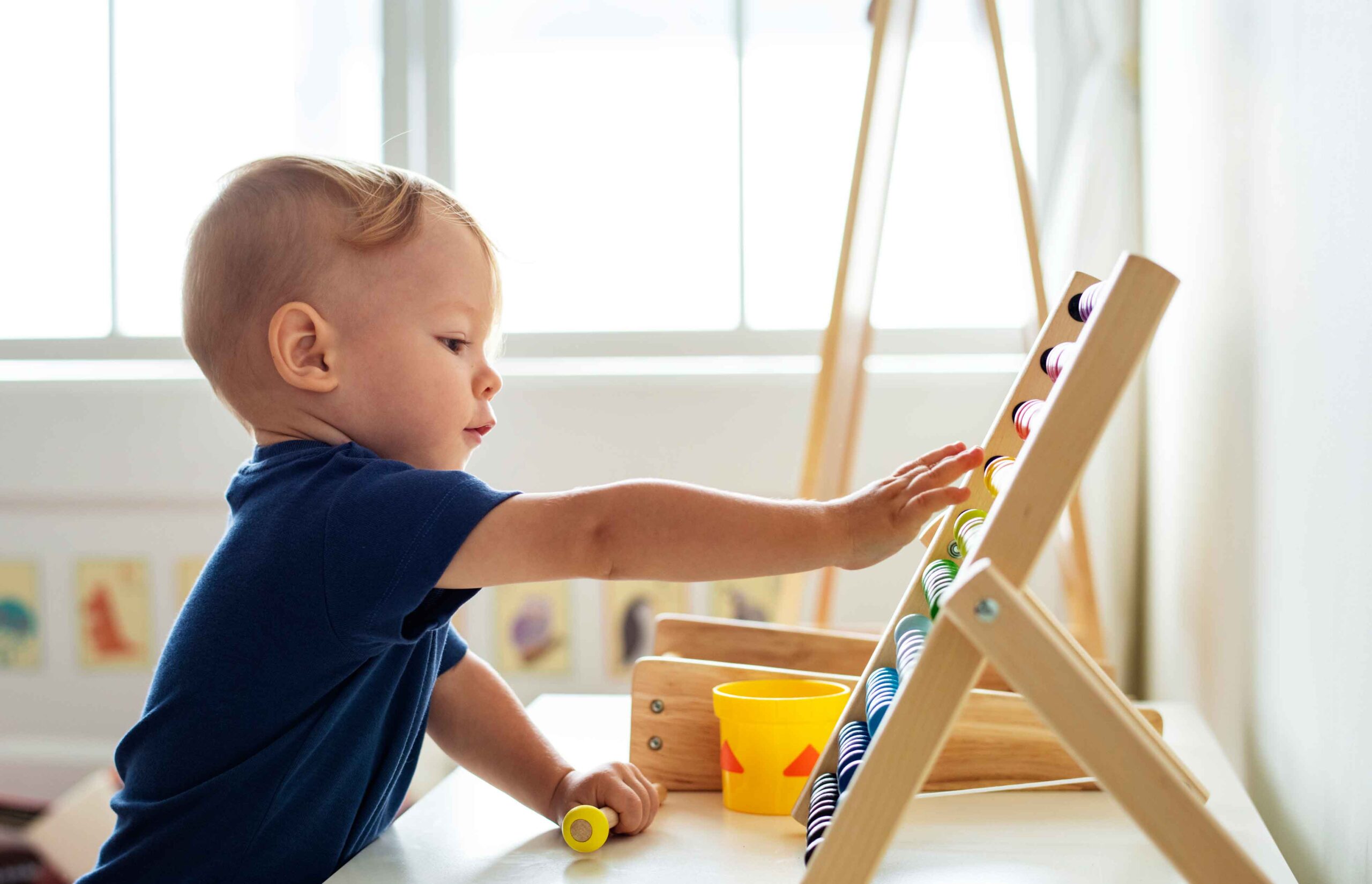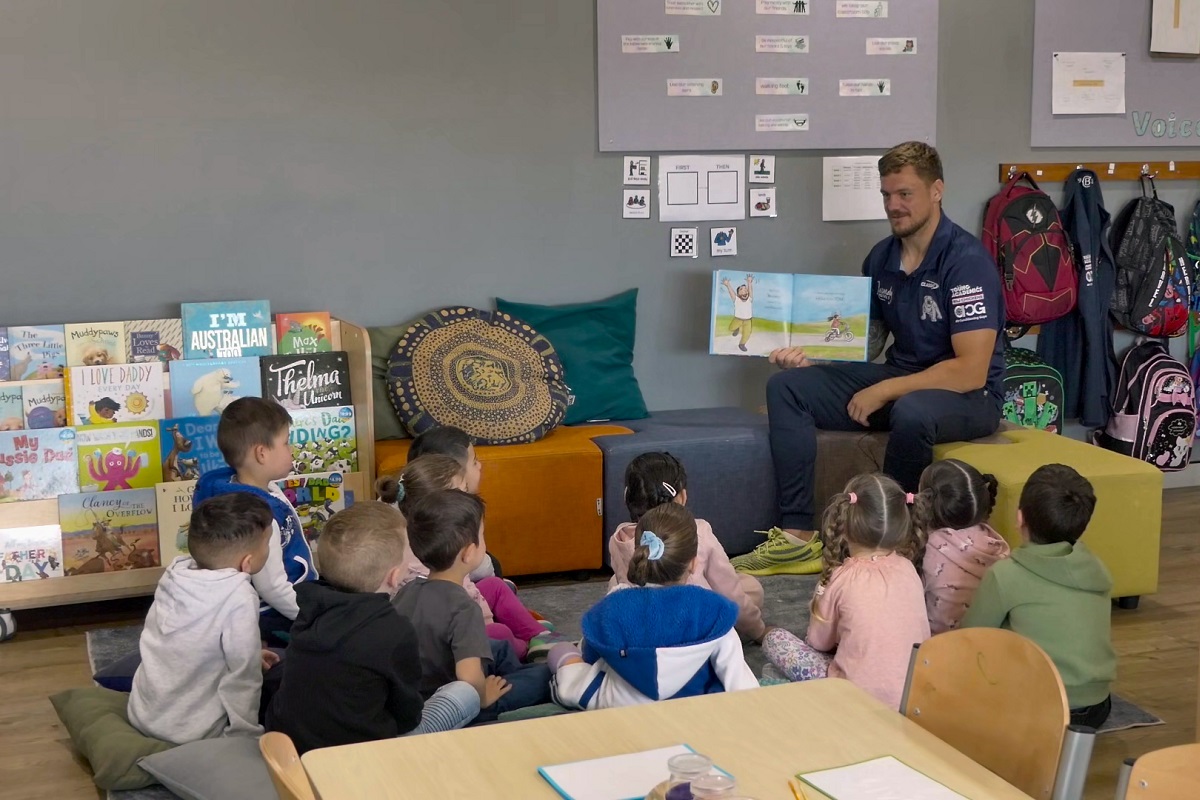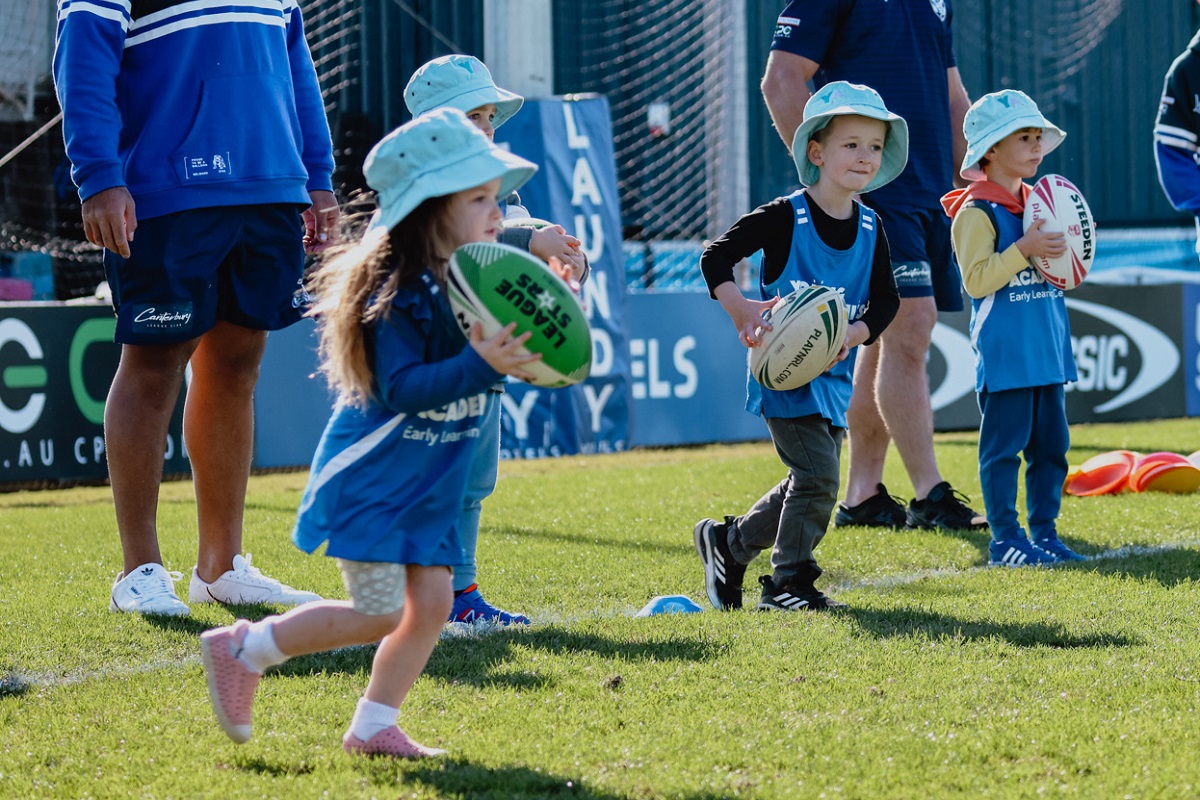Learning Environments – the importance of carefully designed indoor / outdoor learning spaces
Learning environments are an integral part of a child’s early learning and development. Indoor and outdoor areas within an early education and care setting should naturally flow and complement each other while enhancing children’s growth by encouraging play-based learning.
Like educational program planning, when designing a stimulating learning environment, it is essential to think about the various ways in which children learn and develop. In fact, learning environments are so important in early childhood they are often referred to as the “third teacher”* because children’s engagement and interaction with the environment helps construct their learning.
Young Academics’ learning environments have been carefully designed and created to naturally address the way children feel, interact and behave while supporting their creativity and cognitive development.
Intentionally curated by our professional team of educators, each of Young Academics’ centres features indoor and outdoor areas that are vibrant, light and well-resourced with a range of different colours, learning stations, textures and natural outdoor zones, providing stimulating spaces for natural curiosity, exploration and discovery.
When considering play areas at home, parents should try to include toys of different shapes, sizes, textures, colours and materials to enhance a child’s interest and further stimulate a love of learning.
When a child enters a well-designed learning area, they should easily be able to figure out:
- The type of play (loud, quiet, social, solitary) that space is set up for
- The expectations for how to behave within the space
- How to explore, learn and have fun with the different objects and materials for play-based learning in the specific area
COLOURS
Colours are known to impact human emotions and behaviours in a number of ways. This can be observed in the way looking at green grass, a blue ocean or colourful flowers can have an impact on how you feel.
In an early education setting, it is clear that different colours can have a positive or negative effect on a child’s learning process. Colour is one of the most important elements to consider when designing a learning environment - not only does it play an important role in the overall aesthetic of a space, it can also impact children’s mood, emotional wellbeing, productivity, performance and behaviour.
We have outlined a few examples of how certain colours can influence children learning:
- RED – Powerful and attention-grabbing, the colour red creates alertness and excitement. It also encourages creativity and can increase appetites.
- BLUE– Generates feelings of calm, loyalty, peace, serenity, and security, and therefore builds a sense of comfort.
- YELLOW– Encourages creativity, clarity, and optimism, and can create positive feelings and improve attention span.
- GREEN– Symbolises nature and the natural world, representing balance, growth, tranquillity, cleanliness and calmness. It can relieve stress and provide a sense of healing.
- ORANGE– Considered an energetic colour, and in the same way as red, can increase alertness. Orange also boosts passion, warmth, excitement and encourages communication.
- PINK– Associated with love, nurture, warmth and imagination, pink is thought to have a calming effect, while also encouraging creativity.
LEARNING STATIONS
Setting up different learning stations within indoor and outdoor learning environments gives children the opportunity to explore, discover and grow. It is these physical spaces that hold the potential to influence what and how children will learn.
Setting up multiple learning stations or interest areas ensures variety in play, which is vital in any positive learning environment. Learning stations are used to support a play-based learning program by providing an area for different experiences based upon each individual focus area.
There are 10 key interest areas that are recommended for the early education setting:
- Blocks – Great block areas contain a variety of materials (not only in blocks but other toys too) and space to spark curiosity and exploration. Children use block areas to explore how things work; they will build, tear down, fill, dump, stretch, reach, balance and create.
- Dramatic Play –The dramatic play area allows children to use their imagination and practice cooperation and self-care as they act out scenes with each other and put on dress-up clothes. A dramatic play area can be set up to play out familiar scenes such as home life, as well as learn new scenarios such as a bakery, hospital or flower shop.
- Toys and Games –Toys and games allow children to develop important thinking, social interaction, and fine motor skills. This area can include a range of puzzles, board games and small objects, and is often where children are given the opportunity to identify and match colours, shapes, sizes and textures.
- Art – The art area provides opportunities for children to express themselves creatively and further develop fine motor skills. Inspirational art and craft areas include a variety of materials for children such as sponges, glitter, tape, stamps and recycled materials, to use across a number of mediums like painting, drawing or sculpting.
- Library – The library is a quiet space for children to relax and enjoy reading amongst soft furniture or pillows. A well-resourced library includes a variety of books: fiction, nonfiction, alphabet books, number books and nursery rhymes, and can also include a listening station, felt board or any other materials that introduce children to literacy.
- Discovery –The discovery area is a gateway to scientific exploration and experiments. It contains materials meant for open-ended exploration such as natural materials (e.g. rocks, pinecones, starfish), artificial materials (e.g. PVC pipe, magnets, weights) and tools (e.g. microscopes, magnifying glasses, balances).
- Sand and Water – This area provides a soothing space for measuring, pouring, comparing and creating. This area should not be limited to the two items in its name but is considered a sensory space that should feature a variety of materials for children to explore, such as leaves, artificial snow, packing peanuts or shredded paper.
- Music and Movement – This space should be generous enough for children to engage in large movements, make their own music and respond to the music of others through dance and rhythm. It is important to provide a variety of materials in this area, such as streamers, ribbons, shakers, musical instruments and recorded music.
- Cooking – The cooking area lets children practice important real-life skills and is a great way to introduce them to different cultures through cuisine. By preparing simple recipes with an adult, children learn important math, literacy and self-care skills, as well as learning the foundations of healthy eating and nutrition.
- Computers – The use of computers, or other technology and media (e.g. tablets), can provide developmentally appropriate learning opportunities for younger children such as through interactive e-books and educational games. Through the internet, they can also be exposed to people, animals and places that they cannot experience in person.
TEXTURES AND NATURAL RESOURCES
Natural resources are ideal items to include in early education learning environments, with their complexity in shapes, textures and colours. They are the perfect resource to promote play-based learning as they provide so many possibilities for discovery, inventiveness and creativity. This type of play is referred to as open-ended, meaning it allows children to decide the purpose of an item, rather than being guided or told by an adult or manufacturer. This can be observed in children using a shell as a phone, pebbles as money, or a stick as a magic wand.
SPECIAL OUTDOOR ZONES
Outdoor learning environments allow for special zones that will invite open-ended interactions, as well as spontaneity, risk-taking, exploration, discovery and connection with nature. Being outdoors, children will naturally develop an appreciation of the natural environment, and environmental awareness.
The unique characteristics and stimuli of the outdoor environment provide different play opportunities that cannot be replicated indoors. Children will move more, sit less and play longer, as they have more space and freedom for large and loud movement play, practising a range of gross and fine motor skills, and developing independence, agency and social skills.



 BACK
BACK



